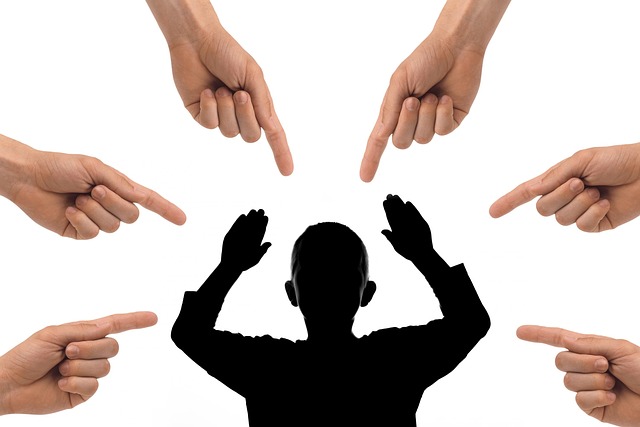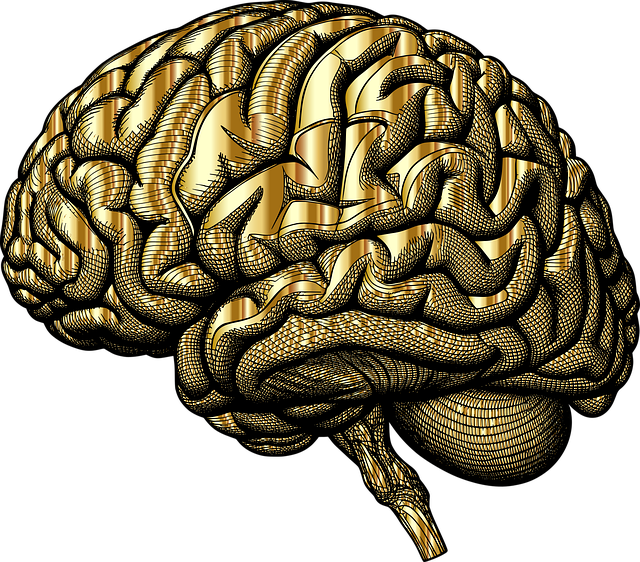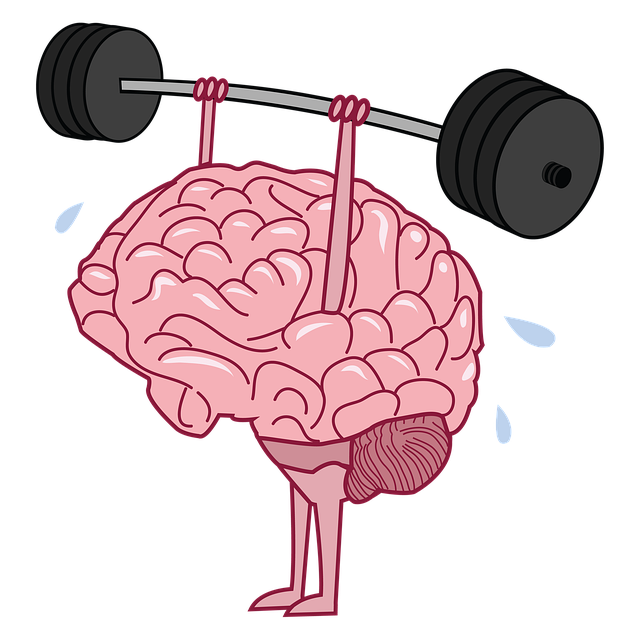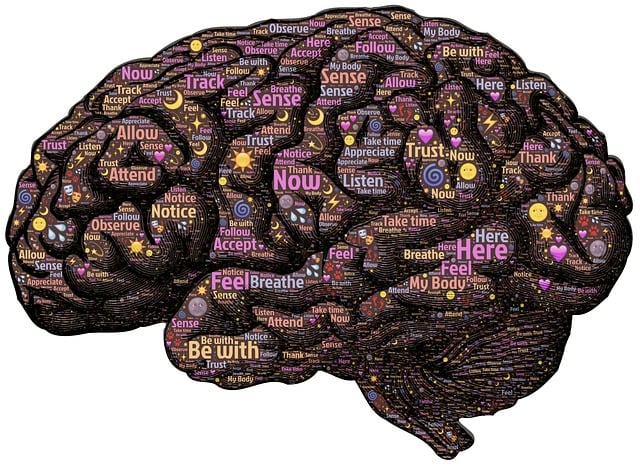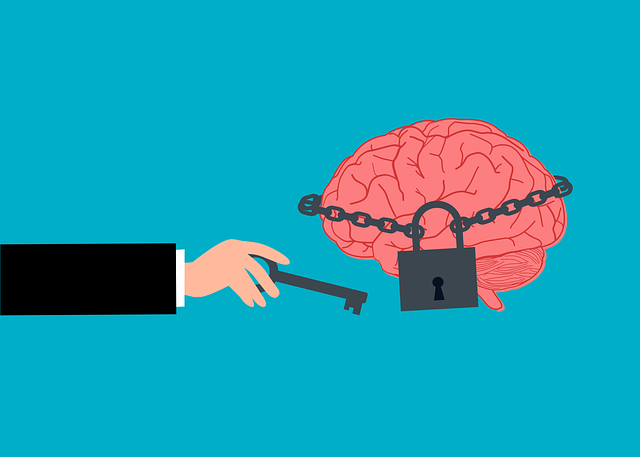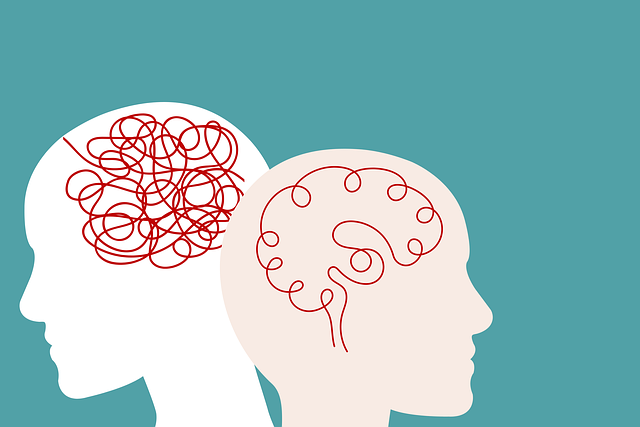Mental health stigma, particularly around conditions like Lone Tree Adjustment Disorder (LTAD), hinders understanding and empathy. Media often perpetuates stereotypes, discouraging support-seeking. To counter this, mental wellness education and self-esteem improvement initiatives are crucial. Normalizing mental health struggles encourages individuals to access therapy, similar to physical healthcare, and promotes more accurate media portrayals, including obscure conditions like LTAD Therapy. Media has a significant role in shaping societal perceptions, making authentic representation through balanced storytelling and consultation with mental health professionals vital. Awareness campaigns and educational initiatives foster empathy, understanding, and open conversations about mental wellness.
In today’s digital era, media representation of mental illness significantly impacts societal perceptions. This article challenges the status quo by exploring how negative portrayals perpetuate stigma, especially focusing on Lone Tree Adjustment Disorder (LTAD). We delve into the symptoms and struggles faced by individuals with LTAD, offering a platform for understanding this often-overlooked condition. Furthermore, we present strategies for media professionals to ensure accurate and sensitive portrayal, fostering positive change in public discourse and encouraging those seeking therapy for LTAD or other mental health issues to find support.
- Understanding Mental Health Stigma and Its Impact on Representation
- Exploring Lone Tree Adjustment Disorder: Symptoms and Challenges
- Strategies for Accurate Media Portrayal and Promoting Positive Change
Understanding Mental Health Stigma and Its Impact on Representation

Mental health stigma, a pervasive and insidious issue, significantly shapes how mental illnesses are portrayed in media. This societal shame often leads to inaccurate or simplistic representations, reinforcing stereotypes that hinder understanding and empathy. Stigma can manifest as fear, discrimination, or marginalization of individuals struggling with their mental health, making it challenging for them to seek help or support. For example, conditions like Lone Tree Adjustment Disorder, which involves feelings of isolation and disconnection, might be depicted superficially without exploring the complex underlying factors contributing to the disorder.
Reducing mental illness stigma is crucial in promoting positive media representation. This can involve educating the public through Mental Wellness Journaling Exercises that encourage reflection and understanding. Initiatives aimed at Self-Esteem Improvement can also help challenge stereotypes by showcasing diverse narratives of individuals overcoming mental health challenges. Through these efforts, we can foster an environment where mental health struggles are normalized, and people feel empowered to seek therapy, just like they would for physical ailments, ensuring more accurate and empathetic portrayals in media.
Exploring Lone Tree Adjustment Disorder: Symptoms and Challenges

Lone Tree Adjustment Disorder (LTAD), often under-represented in media, presents unique challenges for those affected. It’s characterized by a profound sense of loneliness and isolation, leading to significant adjustments in daily life. Individuals with LTAD may experience persistent feelings of sadness, a loss of interest in activities once enjoyed, and a distinct disconnection from social interactions. These symptoms can significantly impact their ability to function in various aspects of life, including work and relationships.
Therapy plays a pivotal role in managing LTAD by employing techniques such as mindfulness meditation to foster emotional healing processes. Social skills training is also integral, aiming to improve communication and interpersonal connections. Through these interventions, individuals can learn coping strategies to navigate their feelings of loneliness, gradually rebuilding social ties and rediscovering a sense of belonging.
Strategies for Accurate Media Portrayal and Promoting Positive Change

Media has a significant impact on shaping societal perceptions and understanding of mental illness. To foster positive change, accurate and nuanced representation is crucial. This involves employing strategies such as consulting with mental health professionals to ensure authenticity in storytelling and character development. Depicting characters with mental illnesses in a balanced manner, showcasing their struggles while also highlighting resilience and recovery paths, can help reduce stigma.
Promoting awareness through public campaigns and educational initiatives is another powerful tool. Encouraging open conversations about mental wellness through media platforms can lead to increased empathy and understanding. Additionally, providing guidance on self-care routines and journaling exercises within media content can empower viewers with tools for managing their own mental health, fostering a sense of agency. For instance, featuring characters engaging in Lone Tree Adjustment Disorder Therapy (or any evidence-based practice) can subtly educate audiences while promoting the importance of seeking professional help.
Mental illness representation in media plays a pivotal role in shaping public perception. By accurately portraying conditions like Lone Tree Adjustment Disorder, we can challenge stigma and foster empathy. Strategies for positive change include leveraging therapy techniques to educate audiences, ensuring diverse and authentic narratives, and promoting mental health resources. Through these efforts, media has the potential to revolutionize how society understands and supports individuals facing mental health challenges, ultimately benefiting those seeking treatment for Lone Tree Adjustment Disorder or other conditions.

